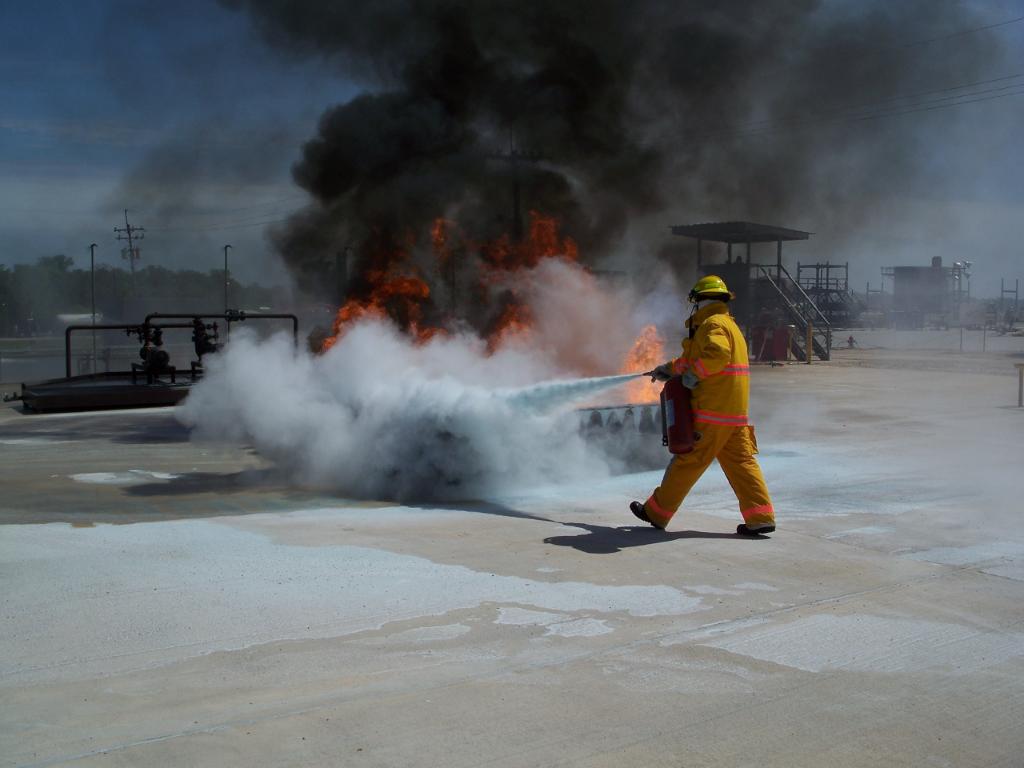Superior Industrial Fire Services, Inc.
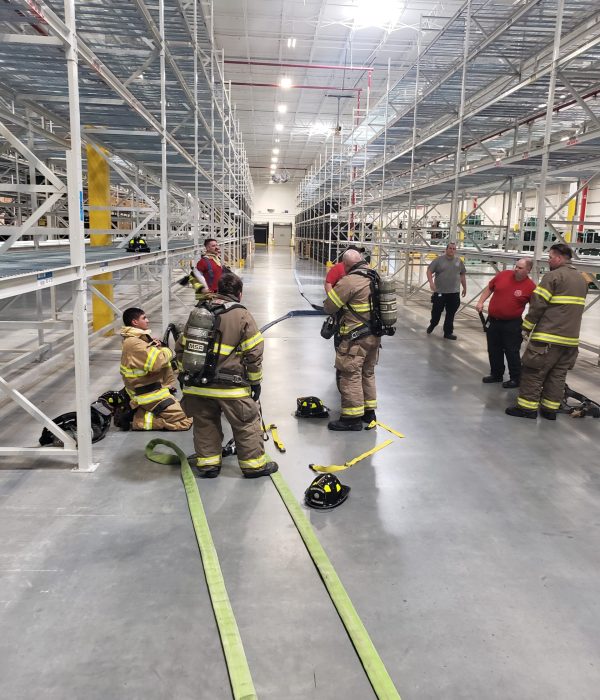
Industrial firefighting is a specialized field dedicated to the prevention, control, and extinguishment of fires in industrial settings. These environments, ranging from manufacturing plants to chemical processing facilities, present unique fire hazards that require advanced strategies, specialized equipment, and trained personnel. Understanding the intricacies of industrial firefighting is essential for ensuring the safety of both personnel and property in these high-risk environments.
Industrial facilities are often home to hazardous materials, complex machinery, and large quantities of combustible substances. These elements increase the potential for catastrophic fires, which can result in significant economic losses, environmental damage, and, most critically, the loss of life. Effective industrial firefighting practices are vital to mitigate these risks, ensuring that fires are quickly and safely controlled.
Industrial fires can vary greatly depending on the nature of the facility and the materials involved. Some common types of industrial fires include:
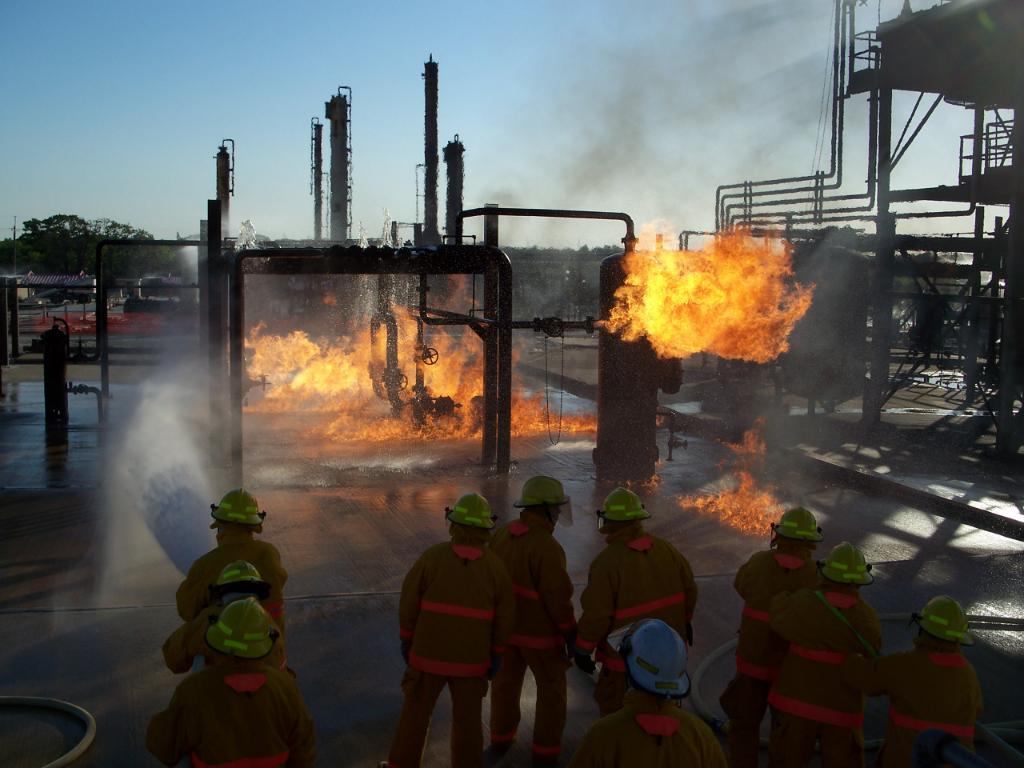
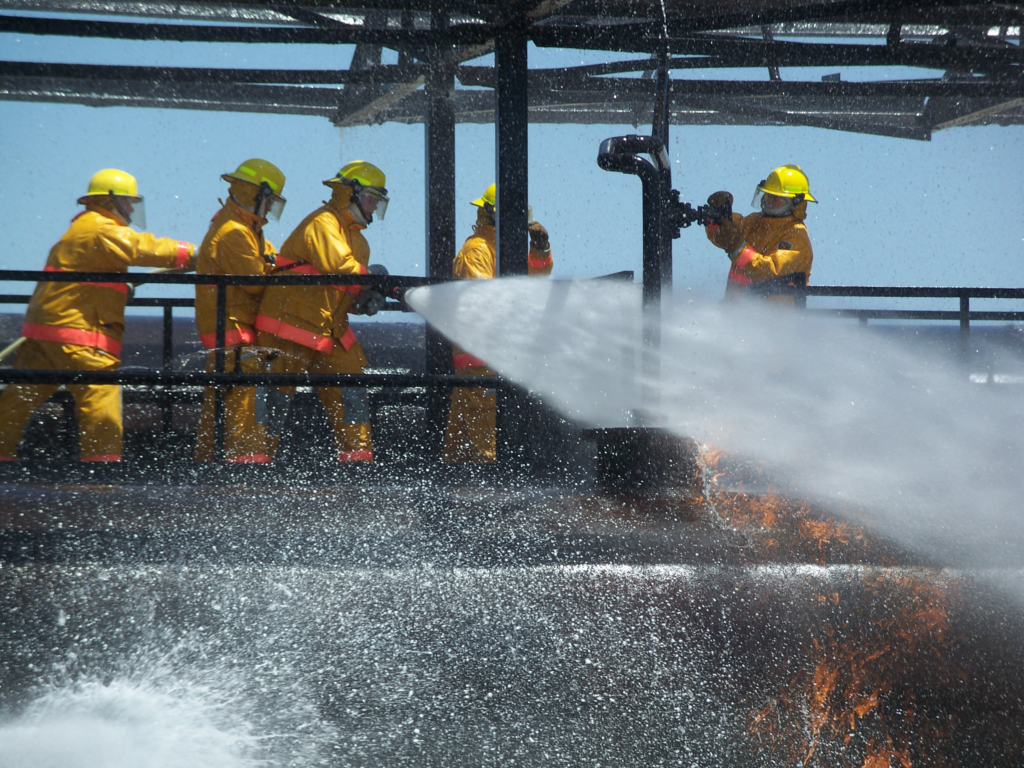
Effective industrial firefighting encompasses a range of services designed to address the unique challenges posed by industrial settings:
Modern industrial firefighting relies heavily on advanced equipment and technology to effectively combat fires:
Proper training and certification are crucial for industrial firefighters to ensure they are prepared to handle the complexities of industrial fires:
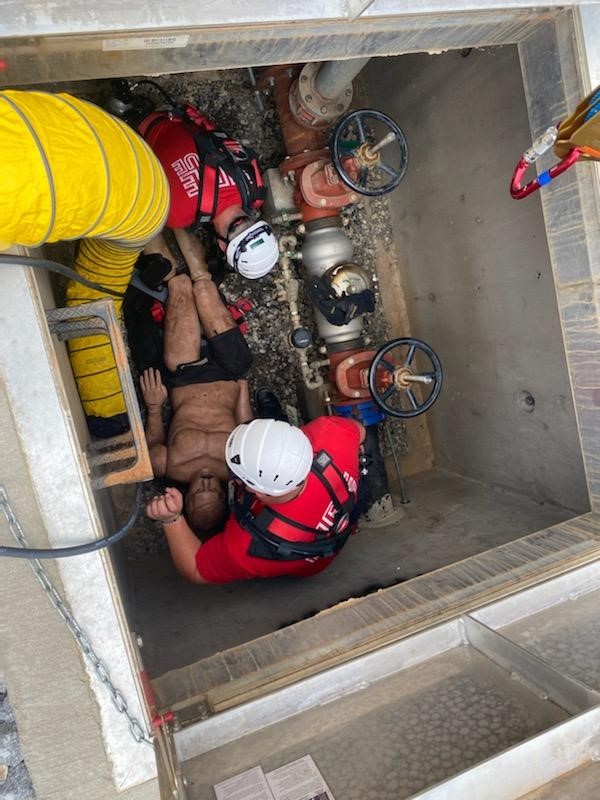
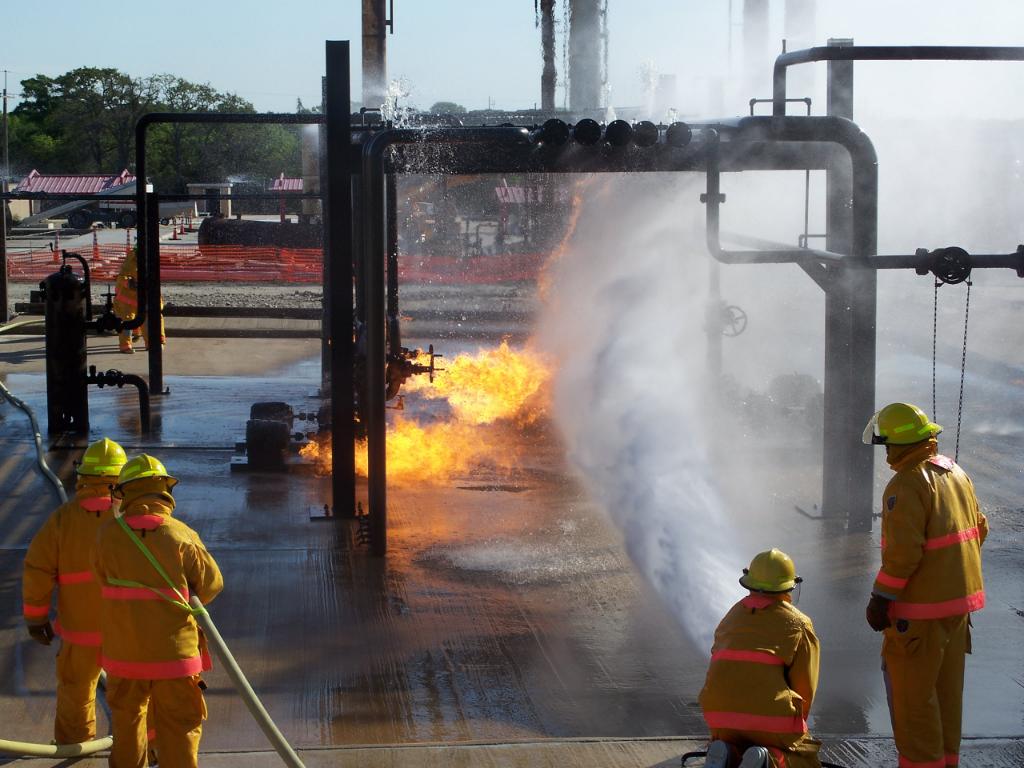
Promoting fire safety in industrial settings involves adhering to best practices and implementing preventive measures:
Industrial firefighting is a critical component of safety management in industrial facilities. By understanding the unique challenges and implementing advanced strategies, specialized equipment, and rigorous training, industrial firefighters play a vital role in protecting lives and property from the devastating effects of industrial fires. Investing in comprehensive fire risk assessments, state-of-the-art suppression systems, and continuous training ensures that industrial facilities are well-prepared to handle fire emergencies, safeguarding both their operations and their personnel.
